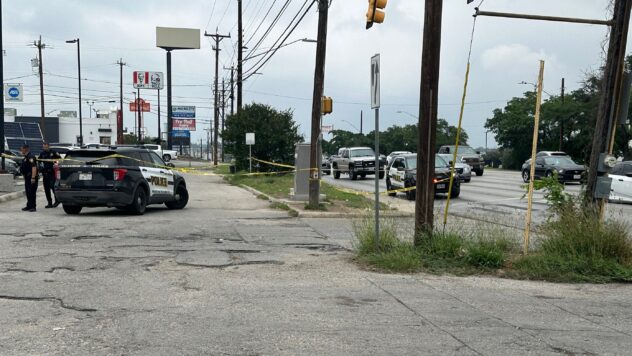Cibolo looks at rezoning timeline for mixed-use historic district

CIBOLO — Old Town Cibolo is a mixture of homes and businesses along Main Street, stretching from FM 78 north to FM 1103. The mixed-use district, established over a decade ago, intended to recognize “the historical fabric” of Old Town Cibolo during a time when the city saw its population boom.
While the Old Town Overlay District sought to preserve the character and architecture of the area surrounding Main Street, it did so under zoning that, years later, has become more of a burden than a blessing.
Cibolo City Council has launched an effort to rezone the area, where many homes fall under C-2 (commercial) zoning, which inflates property valuation and, as a result, the resulting property tax.
During its Jan. 11 meeting, City Council discussed the rezoning and a timeline that would end with a late-May decision by council on whether to rezone the district.
Councilman Joel Hicks, a homeowner who resides in the Old Town residential area, first found out about the C-2 designation when he refinanced the property.
“I would like to see it to where we’re rezoning them back to residential. If they want to stay commercial, pay the high taxes but have the higher appraisal, they are more than welcome to do that,” Hicks said.
Hicks was required to pay an extra $500 for an extra property appraisal during his refinance effort because he lives in a C-2 commercial district, instead of in SF-4 or SF-6, which are residential zoning codes.
“I’ve got a huge problem with the way they went about it. It’s not fair to those people; the city did them wrong. Period, end of story,” Hicks said. “I’m all about ‘right is right.’ And we were all done wrong.”
City Manager Wayne Reed told council it could spend an inordinate amount of time amending the existing zoning, or take the time to properly rezone the area.
The city has the authority to initiate rezoning or existing properties, Reed said, but must establish “a public purpose” in order to demonstrate that the rezoning is consistent with plans in place, as well as with the city’s Unified Development Code.
The city plans an extensive outreach to the owners of all 185 lots in the Old Town District, 134 residential, 41 non-residential, and 10 vacant.
“I know a hasty decision was made 10 years ago in order to rezone everybody without proper notification,” said Councilman and Mayor-elect Mark Allen. “I don’t want to make another hasty decision to solve it. I want to make sure we go through this in a methodical, deliberate process.”
Reed laid out a timeline for finalizing the rezoning, including town hall sessions in February, March and April. Letters explaining the rezoning effort will be mailed to all affected landowners. Public information will be spread through flyers, at council meetings, and will involve recently hired Communications Manager Jeanette Gonzales. Individual meetings with residents will be available beginning next month.
Reed said council will be updated throughout the process, which will see final action go to council May 23, following the third and final public hearing two weeks earlier.
Councilman T.G. Benson said he had issues with the method used to create the Old Town district.
“The overlay, I don’t really understand … how it was just blanket-zoned and moved,” Benson said. “But we’ve had this going on for all this time. It’s shown to not be completely what we wanted it to be.”
Benson then questioned whether city council should be the authority on a matter that originated from the UDC.
“I think the UDC commission or master plan people, that’s where the bulk of this discussion on amending the UDC should come from,” he said. “Let them look at it. The eight of us (the mayor and seven city council members) in a couple of public hearings, that would be fine. But … we can get a group of people together who can really hash out these things in meetings, figure out what they want to do, and bring us some real responses.”

























